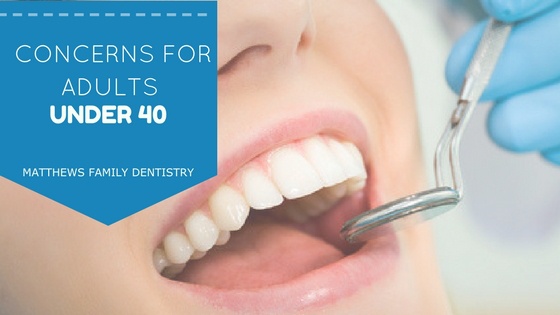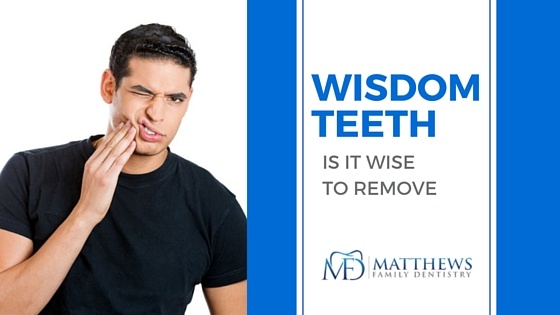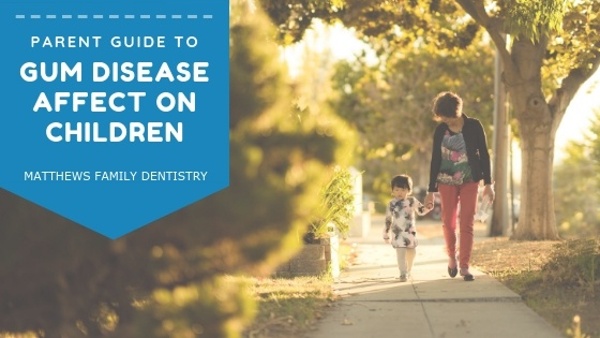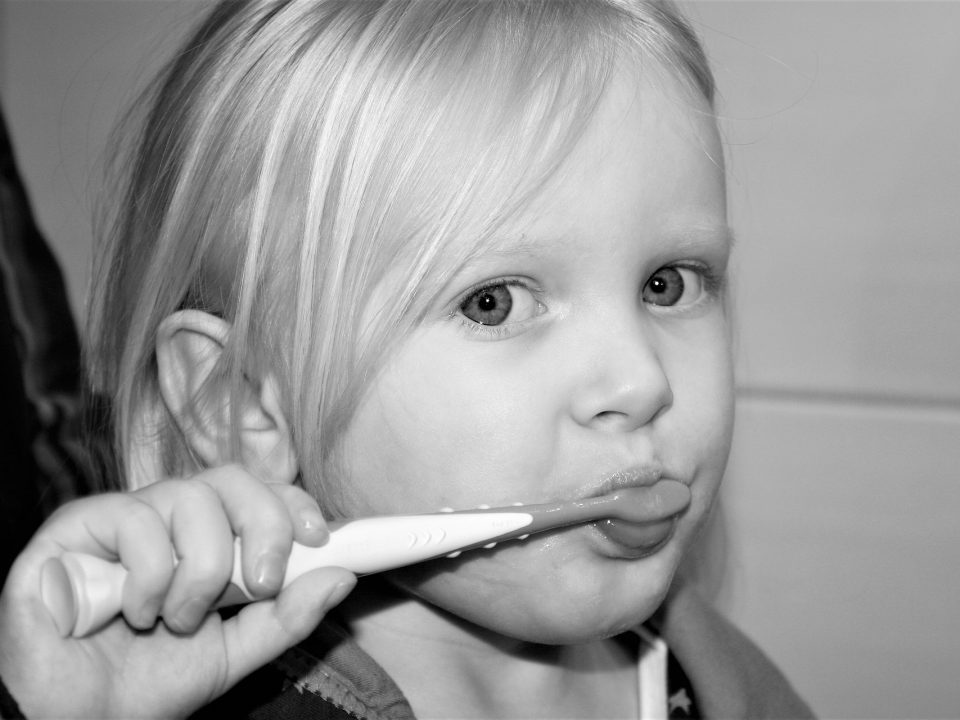
Dental Concerns for Adults Under 40
April 26, 2017
Is it Wise to Remove Wisdom Teeth?
May 25, 2017Nothing makes you melt quite like your child’s smile. But as soon as kids start getting teeth, they start to become susceptible to gum disease, which can attack your child’s signature pearly whites. While some types of periodontal disease are more common in adults, children aren’t immune to the damaging effects of gum disease. Regular dental checkups can help, but it’s up to you as a parent to understand exactly what is gum disease and teach your child hygiene habits that prevent issues such as gingivitis from affecting your child’s toothy grin.
Types of Gum Disease
According to the American Academy of Periodontology, children are susceptible to a few kinds of gum disease of which you should be aware:
- Gingivitis. The most common type of gum disease, gingivitis can affect any child at any age. It’s a disease of the gums that causes them to be sensitive and often swollen or prone to bleeding. Left untreated, gingivitis can turn into other types of periodontal diseases, which is why parents must be extra vigilant in watching for telltale signs.
- Aggressive Periodontitis. When gingivitis is left untreated, it can lead to aggressive periodontitis, which mostly affects molars and incisors. It is more common in teens and young adults. While aggressive periodontitis results in the loss of alveolar bone, the disease features only small amounts of plaque buildup.
- Generalized Aggressive Periodontitis. After puberty, children can become more susceptible to another type of gum disease called generalized aggressive periodontitis. It involves the excessive buildup of plaque and can attack the gums and even result in loose teeth. Gums can also become red and inflamed because the disease attacks the entire mouth, not just the molars.
Gum Disease Symptoms
Okay, so you’re not a dentist, but you should still be able to spot signs of gingivitis pretty easily. One of the most common symptoms is bleeding gums during brushing, along with swelling, redness and sensitivity. If your child tells you that brushing hurts or fights the idea of brushing altogether, it should be a red flag that sore gums and gingivitis are to blame.
Treatment for Gum Disease
If you notice that your little one has sore, red or bleeding gums, it might be time for a checkup. Not only can spending time at the dentist’s office help clean away plaque that is causing gum disease, but an appointment can also spark a conversation about exactly what is gum disease and how your child’s poor habits could be exacerbating the problem. While your child might not listen to you, there’s a good chance that hearing it straight from the dentist could help your child better understand the dangers of gum disease.
Better Hygiene
The good news? Gum disease is pretty easy both to avoid and fix, if necessary. Simply follow good daily oral hygiene practices. Trying a kid-friendly toothpaste and mouthwash in combination with regular flossing is a great place to start since gum disease is caused by bacteria left in the mouth. Have your children adhere to an oral care routine twice a day, using fun toothbrushes and great-tasting toothpaste to entice your child to participate.
While gum disease can do serious damage to your child’s smile, most forms of early gum disease are mild and easily treatable with better hygiene habits. Teaching your child to care for teeth now means that signature smile will brighten your day for years to come.





